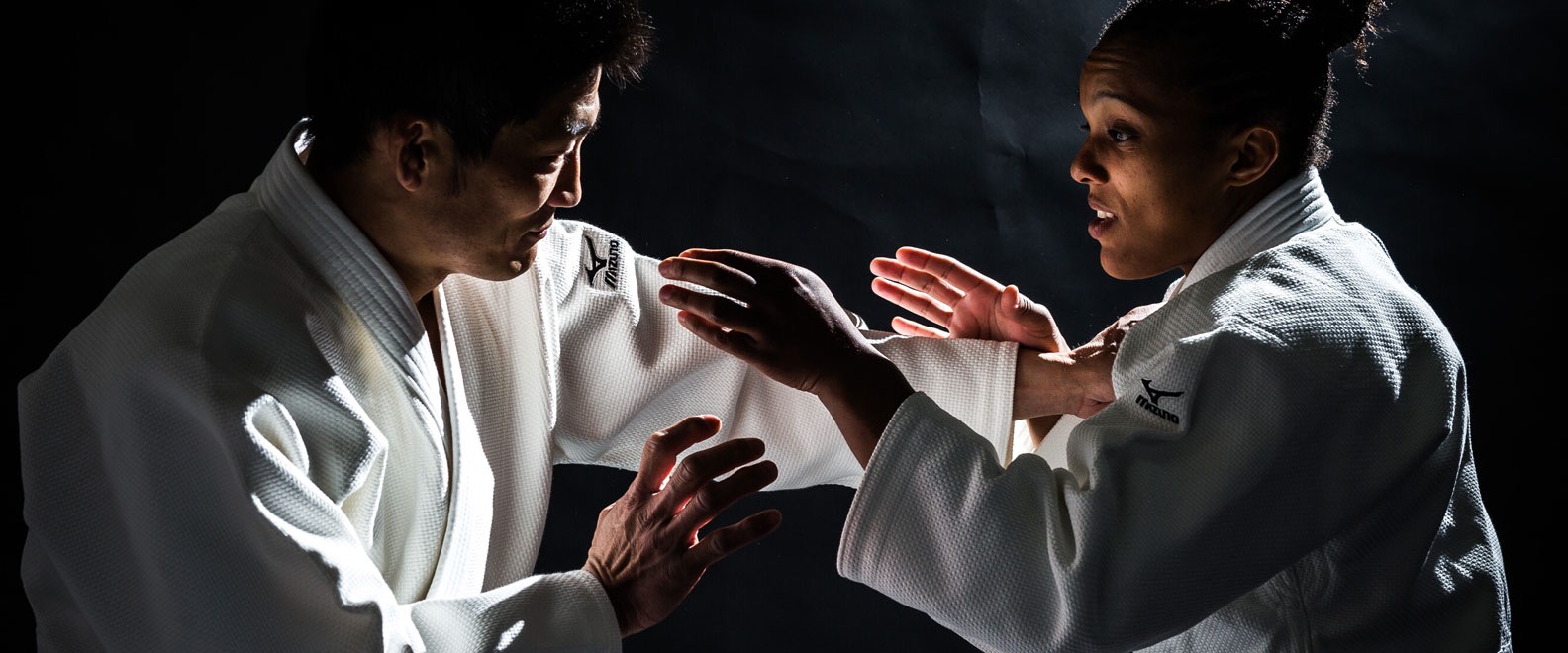Benefits of Judo as a Sport and for Self-Defense

What is Judo?
Judo is a martial art, based on jujitsu, founded in Japan in 1882 by Dr. Jigoro Kano. Dr. Kano excelled in schoolwork but had an inferiority complex due to his small physique; when he was 17, he became an apprentice of Yanosuke Fukuda, a master of the Tenjin Shin’yo school of jujitsu. By 21, he took all the essential aspects of each jujitsu style and developed a new style, which we now know as judo. In the beginning, Dr. Kano has just 9 students and his dojo measured just 24 square yards! Ever since Dr. Kano’s dream was to introduce Judo to the rest of the world. Jigoro Kano’s dream came true in 1964 at the Tokyo Olympics, where men’s Judo was recognized as an official Olympic event.
The Philosophy of Judo
Judo revolves around the philosophy “The gentle way”, which includes maximum efficiency and mutual benefit and welfare. Maximum efficiency allows the use of the least amount of energy to throw an opponent by utilizing proper technique. Mutual benefit and welfare teach how to become a better member of society through studying this martial arts style. Whether you’re learning Judo as a sport or for self-defense, Judo teaches how to use control rather than brute force; Most well-known moves include spectacular throws that uses the opponent’s advantage against him or her to take the fight to the ground. Once on the ground, joint-manipulating holds, strangleholds, chokes and armlocks are used to subdue the opponent.
Effectiveness of Judo
One of the best instances which proves the effectiveness of judo on the mat is during a sparring session between the legendary Bruce Lee and Hayward Nishiko, a two-time nominee for the BLACK BELT Hall of Fame for his judo. According to Hayward Nishiko, “I remember one time I was at Bruce’s house…I had done a little karate, but I couldn’t hold a candle to him (Bruce Lee). He was too fast for me; he would tap my head before I even got set.” Nishika continued, “Finally I asked Bruce what he would do if I just sat on the ground and wait for him to attack me, He said he’d just walk away.” Bruce Lee knew that it wasn’t his area of expertise; he knew other martial art styles won’t be enough to counter the judo grappling and locks. Judo teaches throws, armbars and chokes; but, the type of throws used doesn’t matter. It’s the execution that counts. The 1981 BLACK BELT Hall of Fame judo instructor Jack Williams said, “Make a throw fast enough, and they won’t get up.” Some of the most common self-defense throws are the hip throw (ogoshi), one-arm shoulder throw (ippon seonagei), two-arm shoulder throw (morose seoinage) and outside major reap (osoto-gari). Judo throws can render average street fighters helpless and can be an effective self-defense tool.
Judo for Self-Defense
One of the greatest benefits of judo as a sport and for self-defense is that it has very little physical limitations in terms of technique; Judo incorporates techniques that can be performed by an average person. Due to the lack of kicks, punches and other kinds of strikes, almost anyone can learn and apply judo techniques, let it be a man, woman, old, young, non-athletic or superior athlete. Even physically impaired people can learn judo and take part in the Paralympics. The lack of punches and kicks can be overcome by cross-training in some other martial arts such as karate.
What makes judo effective for self-defense is its ability to redirect energy; this allows you to take down much larger opponents. Also, the minimal expending of energy leads to longer periods of fighting before fatigue sets in, which is a crucial factor in determining the outcome of a street fight. Also grappling and throws are made easier by utilizing the clothing of the opponent. It is very rare to come across an assailant in the streets who isn’t clothed. Even so, there is the rear-naked choke!. All this coupled with the physically taxing practices can ‘harden’ the body and also teach how to ‘fall’. All this makes judo extremely effective in taking down an opponent, whether it is in a dojo or out in the street. Also, the lack offensive techniques such as kicks and punches means there is a much lower chance of physical injury such as broken fingers.
Development of the Mind Through Judo
Regular training in judo develops the mind as well as the body. Dr.Jigro Kanos’s five principles of judo are;
- Observation of the situation, people and environment
- Moving strategically and seizing initiative
- Acting decisively by considering the whole picture
- Knowing when to srop
- Always being prepared for a contest
These lessons aren’t directly taught to the students but rather naturally infused into training. Over time, the mind starts working according to the above principles; this decreases the chance of being ‘frozen’ during an unexpected altercation. An improved mental reaction also leads to an improved physical reaction. Quick assessment of the situation and surroundings and reacting accordingly is especially important in a self-defense situation in the street.
Conclusion
In conclusion, when you learn judo, you don’t just learn how to defend yourself better, you learn to control and trust your body as well. And the benefits of judo, like most martial arts, is both physical and mental.





